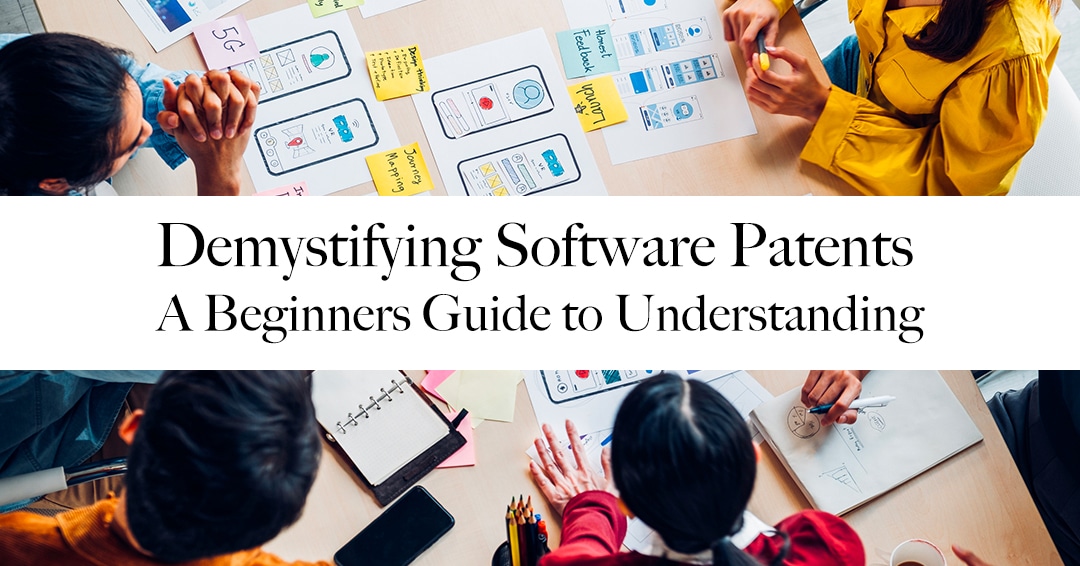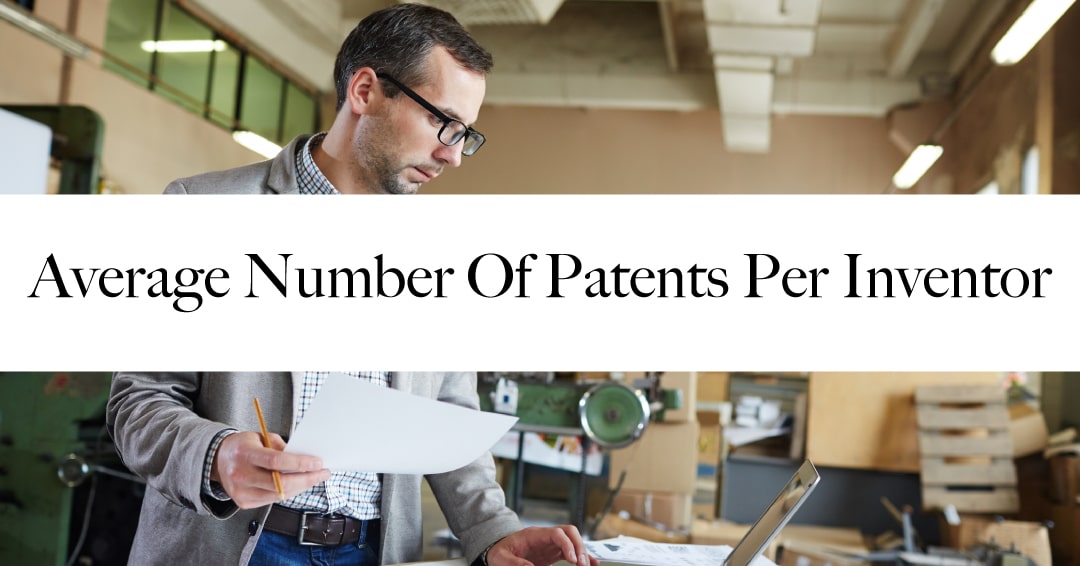Demystifying Software Patents: A Beginner’s Guide to Understanding What Can and Cannot Be Patented
A software patent is a type of patent granted to inventors of software programs that meet certain patentability requirements. And they are important to keep your software protected against fraud or copy cats.
In this article, we will discuss the basics of a software patent, including its definition, patentability requirements, key cases, and arguments for and against software patentability. We will also examine the current state of software patentability, the difference between software patent and copyright, and the software patent filing process.
So, let’s get into it and you can stay ahead of your competitors! You are going to thank yourself for reading this article later.
What is a Software Patent?
A software patent is a legal right granted to inventors of software programs that meet certain patentability requirements. The patent holder is granted exclusive rights to make, use, and sell the invention for a limited period of time. The time period is normally twenty years from the date of filing.
In order for a software program to be patentable, it must meet certain patentability requirements. These include novelty, non-obviousness, and usefulness. The software program must also be described in sufficient detail to enable a person skilled in the relevant field to make and use the invention.
There are also three types of software patents:
- Utility patents
- Design patents
- Plant patents.
Software patents are the most common type of patent and cover new and useful processes, machines, articles of manufacture, or compositions of matter. A good example is Tesla’s manufacturing of their cars.
Arguments for Software Patentability
There are several arguments in favor of software patentability. Let’s get into some of them!
First, proponents argue that software patents promote innovation and creativity by providing inventors with an incentive to invest time and resources in software development. Second, software patents provide legal protection to inventors, allowing them to prevent others from using, making, or selling their invention without permission.
Finally, software patents encourage investment in software development by providing a means of recouping the investment made in the development of the software. And they provide an even playing field for the competitors in the market!
Arguments against Software Patentability
Opponents of software patentability argue that software is intangible, making it difficult to determine what is being patented. They also point out that software is often built on previous inventions and ideas, making it difficult to determine what is truly novel and non-obvious.
Additionally, some argue that software patents are often used by patent trolls to extort money from businesses and individuals through excessive litigation. What do you think?
3 Key Cases on Software Patentability
There have been several key cases that have helped to shape the legal landscape of software patentability. Let’s get into some of them to clarify the matter further.
Alice Corp. v. CLS Bank International
Alice Corp. v. CLS Bank International is a landmark case that established a two-part test for determining whether software inventions are patentable. The first part of the test determines whether the invention is directed to an abstract idea, which is not patentable.
The second part of the test determines whether the invention includes something more than an abstract idea, such as an inventive concept, that makes it patentable.
Bilski v. Kappos
Bilski v. Kappos is another important case that addresses the patentability of software. In this case, the Supreme Court held that the Bilski invention, which involved a method for hedging risks in commodities trading, was not patentable because it was an abstract idea that did not include anything more than the idea itself.
Diamond v. Diehr
Diamond v. Diehr is a case that established that software can be patentable if it meets the patentability requirements of novelty, non-obviousness, and usefulness. The invention in this case was a computer program that calculated the optimal cure time for rubber molding, which was found to be patentable.
Current State of Software Patentability
In recent years, there has been increased scrutiny of software patentability, particularly in the United States. The Supreme Court has issued several rulings that have made it more difficult to obtain software patents, including the Alice Corp. and Bilski cases mentioned earlier.
In addition, some countries, such as New Zealand and Australia, have enacted laws that restrict the patentability of software. However, in other countries, such as China and India, software patents are still widely granted.
The future of software patentability is uncertain, with some arguing that software should be treated differently than other types of inventions, while others maintain that software should be patentable if it meets the same patentability requirements as other inventions.
Software Patent vs Copyright: What is the difference?
While software patents and copyright are both forms of intellectual property protection, they are different in several ways. Let’s get into it!
Copyright protects original works of authorship, such as software code, from being copied or used without permission. Copyright protection is automatic and does not require registration.
Software patents, on the other hand, protect inventions, such as software programs, from being used, made, or sold without permission. Patents must be applied for and granted by a government agency.
The advantages of a software patent over copyright include the ability to prevent others from using, making, or selling the invention without permission and the ability to enforce the patent in court. Disadvantages include the high cost of obtaining, enforcing patents, and the difficulty in obtaining a patent for software.
Software Patent Filing Process
The process of filing a software patent involves several steps. These include the following:
- First, the inventor must conduct a patentability search to determine whether the invention is already patented or otherwise ineligible for patent protection.
- Next, a patent application must be drafted that includes a detailed description of the invention and how it works.
- Once the application is filed, it will be reviewed by a patent examiner, who will determine whether the invention meets the patentability requirements.
- If the application is approved, the inventor will be granted a patent that provides exclusive rights to make, use, and sell the invention for a limited period of time.
It is important for inventors to work with a patent attorney during the filing process to ensure that their patent application meets all legal requirements, has the best chance to compete in the market, and protects their software.
Conclusion
In conclusion, software patentability is a complex issue that involves balancing the need to protect inventors with the need to promote innovation and creativity. While there are arguments for and against software patentability, the current state of software patentability is in flux, with some countries tightening restrictions on software patents while others continue to grant them.
Regardless of the current state of software patentability, it is important for inventors to understand the patentability requirements and work with a patent attorney to ensure that their invention meets those requirements and has the best chance of being granted a patent.
Moreover, inventors should also consider other forms of intellectual property protection, such as copyright, to protect their software programs.
Software patentability is a complex issue that requires a thorough understanding of patent law and the software industry. By following the patentability requirements and working with a patent attorney, inventors can protect their software inventions and contribute to the ongoing innovation and development of the software industry.






